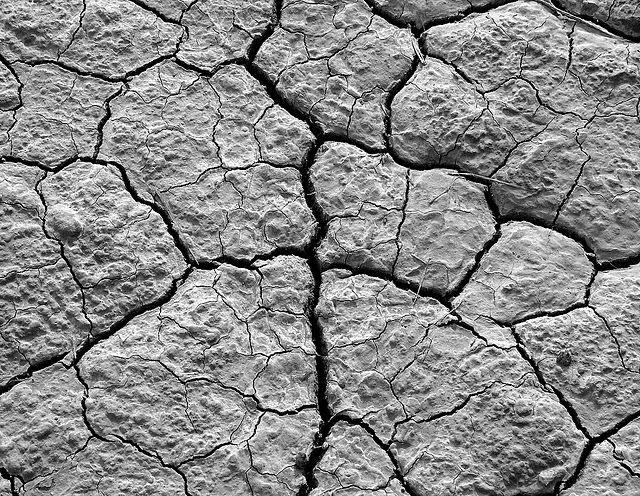-
 Alanine
Alanine
-
 Retreading
Retreading
-
 Affect
Affect
-
 Pelagic life forms
Pelagic life forms
-
 Neurite
Neurite
-
 Common channel signalling
Common channel signalling
-
 Breast
Breast
-
 Quantum mechanics
Quantum mechanics
-
 Tetrapods
Tetrapods
-
 Baseline
Baseline
-
 Router
Router
-
 Episiotomy
Episiotomy
-
 Minimum inhibitory concentration
Minimum inhibitory concentration
-
 Eucrite
Eucrite
-
 Deciduous
Deciduous
-
 Neutrophile
Neutrophile
-
 Lipophile
Lipophile
-
 Infusion
Infusion
-
 Intrauterine device
Intrauterine device
-
 Cardiac output
Cardiac output
-
 Vertical wind shear
Vertical wind shear
-
 CP symmetry violation
CP symmetry violation
-
 Abaca
Abaca
-
 Key management
Key management
-
 Oedema
Oedema
-
 Abiotic
Abiotic
-
 Natural CO2 sequestering
Natural CO2 sequestering
-
 CRAB
CRAB
-
 Mirabelle plum
Mirabelle plum
-
 Authorisation certificate
Authorisation certificate
Drought
A drought is a generally long period of time during which a lack of water is sufficient to impact the soil and plant life. This phenomenon can be recurrent or exceptional, and can affect a specific localised area or an entire subcontinent.
Depending on the region of the world and its available water resources, the definition of drought varies. In France, an absolute drought is defined as a period of 15 consecutive days without a single drop of rain (less than 0.2 mm per day).
Depending on the situation, there are three types of drought:
- Meteorological or atmospheric droughts, linked to the shortage of precipitation over a given period;
- Agricultural droughts, relative humidity of the soil at a depth of one metre. Precipitation, as well as the nature of the soil, farming practices and the types of crops, are all factors influencing an agricultural drought. This type of drought has lasting effects on vegetation;
- Hydrological droughts occur when the soil's water reserves (aquifers) and watercourses fall below average levels. This may be due to a particularly long and intense meteorological drought, as well as overuse of water resources.
Consequences of a drought
A persistent drought can ruin a region's agricultural production, reduce hydroelectric production, cause bush or forests fires, block river navigation, create shortages of drinkable water and even, in extreme cases, lead to an exodus.
 Droughts cause soil to crack. © BalouLumix CC by-nc-nd 3.0
Droughts cause soil to crack. © BalouLumix CC by-nc-nd 3.0
Latest
Fill out my online form.



